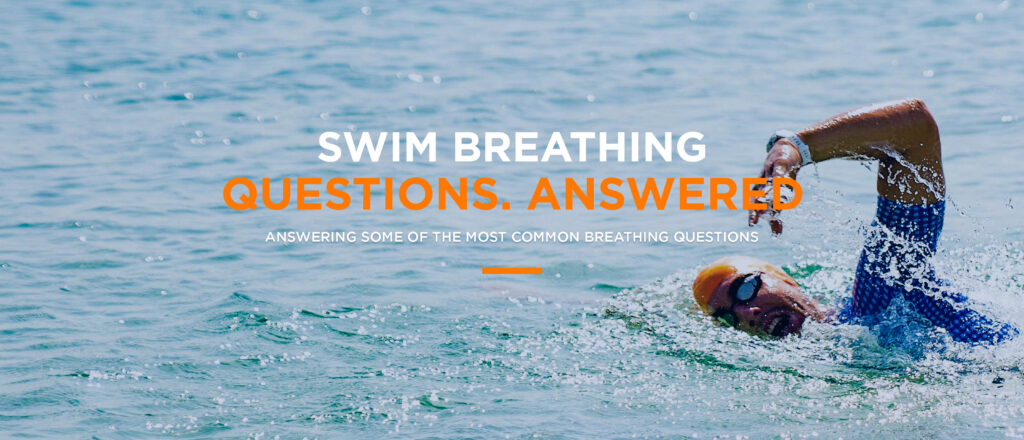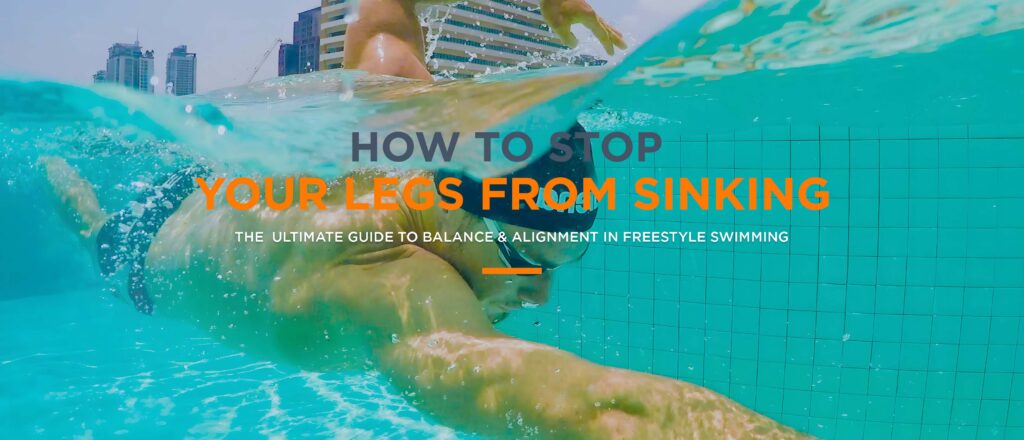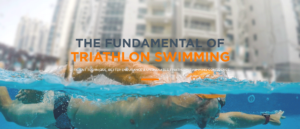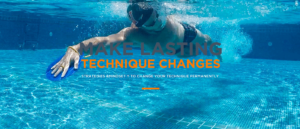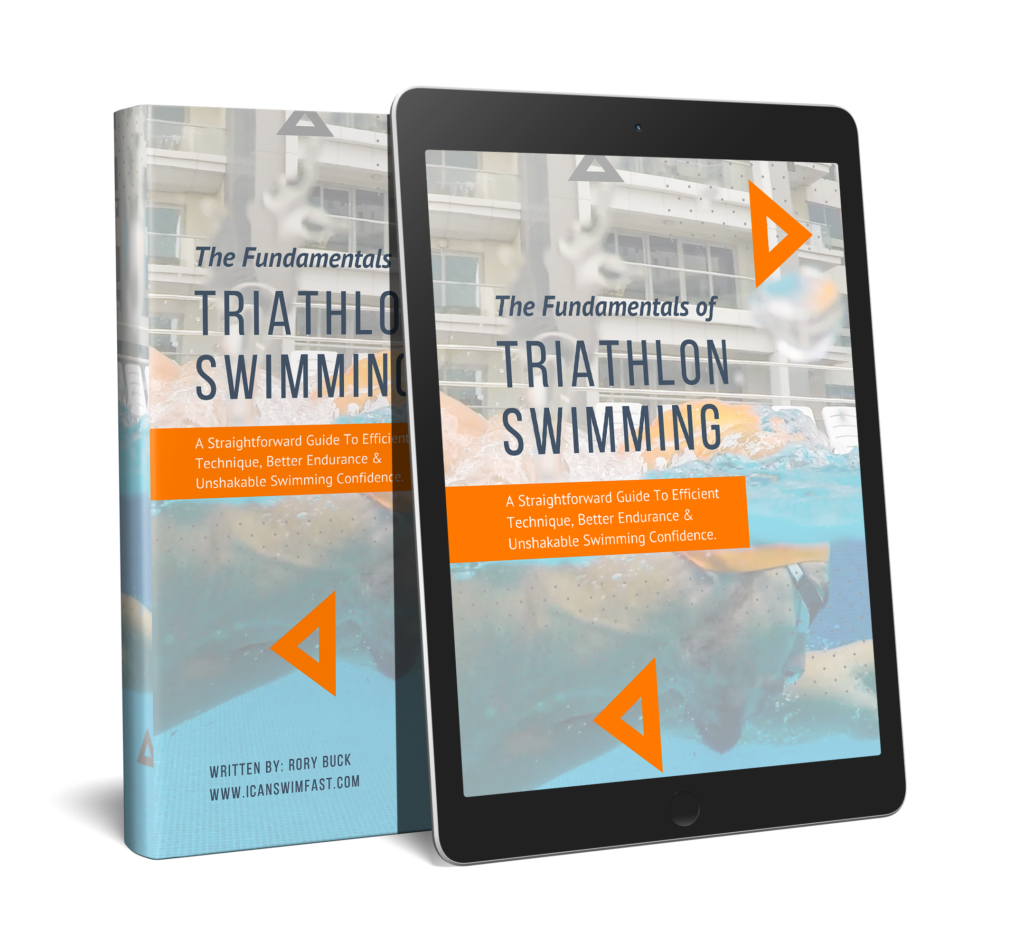Hey Team,
As you begin to focus on improving your swim technique you are likely to have a lot of questions on what to focus on first?
Should you fix your kick or work on rotating more effectively?
Should you improve your catch or work on your breathing?
Swimming can be complicated. There are a lot of moving parts and so many things to think about when you envision that “perfect stroke”. It can be really overwhelming to figure out what you should be working on.
In this post I explain the concept of “Triage”, or Selective Ignoring. The goal is to help you understand what to focus on first, where the lowest hanging fruit lies and what will make the biggest difference to your speed and efficiency.
Why Is Improving your Technique So Challenging?
Swimming is the most challenging discipline for most age group triathletes. Unlike children, adult onset swimmers come with a set of unique challenges, including injury history, limited time / flexibility, fear of water, and tight schedules. These unique challenges make the already difficult job of improving your swim, even more challenging!
This is where the concept of “triage” and “selective ignoring” comes into play and may help you as you work to improve your swim. As a triathlon coach specializing in swim training, I use the concept of triage to help athletes optimize their time and focus more effectively in the water.
The Imperfection of Age Group Triathletes’ Freestyle Strokes
Let’s face it, there’s no such thing as a perfect freestyle stroke, especially for age group triathletes. When coaching kids, the focus is typically on molding them into the ideal swimmer with perfect form. They are young, malleable, and have the luxury of time. But adult onset swimmers face a different set of challenges, including injury history, limited flexibility, and time constraints. Achieving a perfect freestyle stroke may not be realistic for most of us.
Molding the Stroke to Fit Your Body
Instead of trying to force athletes into a one-size-fits-all perfect stroke, I employ a different approach. I look at how I can mold the “perfect” freestyle stroke to fit each athlete’s unique body. This process typically involves selectively ignoring certain aspects of the “perfect stroke” and focusing on the most significant limiting factors or opportunities for improvement in the stroke.
The Triage Concept in Stroke Analysis
Triage is a concept I borrowed from the medical field. In an Emergency situation a DR or medical staff will address the most life-threatening issues or patients first. The more severe the issue, the more critical it is to fix. Similarly, in stroke analysis, we start by eliminating the biggest issues first, then moving on to the more nuanced details.
As we go through the process of improving your stroke, we want to avoid overwhelming your brain with a barrage of corrections to focus on. Trying to fixate on everything at one time can lead to frustration and slow down your progress. So we isolate the biggest issues first. We focus on the most critical ones first, addressing them one at a time. This helps us build sustainable progress and lay a foundation we can build from over years ahead.
Start with Eliminating Resistance.
In the triage process we want to begin by eliminating resistance issues: head position, hip position, and kick technique. These are the primary points because efficient swimming begins with reducing drag.
Maximizing Propulsion and Efficiency
Once resistance is minimized, we move on to propulsion. Are you entering the water at the right angle? Are you pulling efficiently through your hips? Is your hand position optimal for generating propulsion? These are the next aspects we address in the triage process.
If you’d like to understand why we choose to eliminate resistance before we maximize propulsion, have a read through the Fundamentals of Triathlon Swimming Guide.
➜ The Fundamentals of Triathlon Swimming
Applying Triage to Your Workouts
To apply the concept of triage to your swim stroke and workouts, do an audit on your stroke:
➜ Are you able to keep your head, hips and heels in a straight line throughout the stroke cycle?
➜ Can you keep your head low when you take the breath?
➜ Are you using your front arm to push down and support the breath?
➜ Are you rotating forward?
➜ Are you pushing water backwards?
Then, as you transition to your main sets:
If you’re not hitting your time goals during a set, first assess if fatigue or overtraining is a factor.
If not, use the triage concept to identify the primary issues affecting your swim speed. Start with reducing resistance and then address propulsion-related factors.
Triage or selective ignoring are powerful tools in the journey to improve your triathlon swim – learn what to focus on and what to ignore. Embrace the imperfections of your stroke, and focus on the most critical issues that will make the biggest difference. Whether you’re a coach or an athlete, these concepts can help you make efficient progress in the water, ultimately leading to better triathlon performances.
If you have a question on something that isn’t covered here, let me know what it is in the comments section below and I’ll answer it for you.
~ Rory


